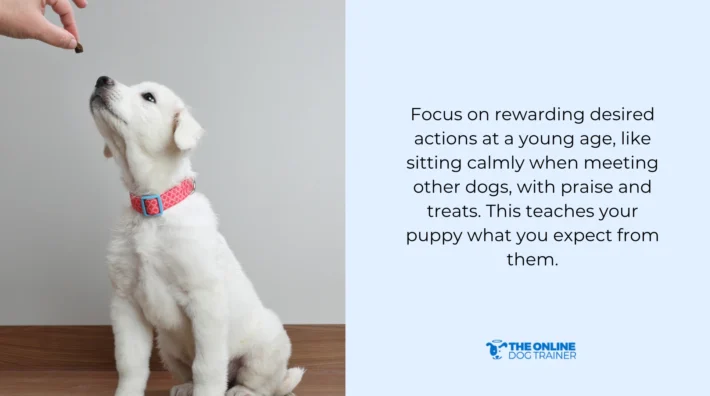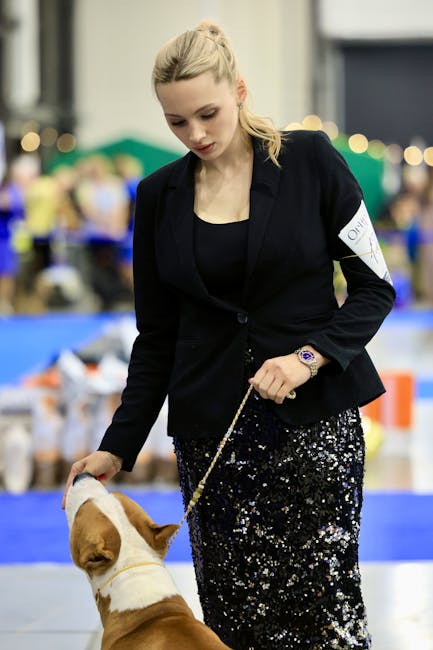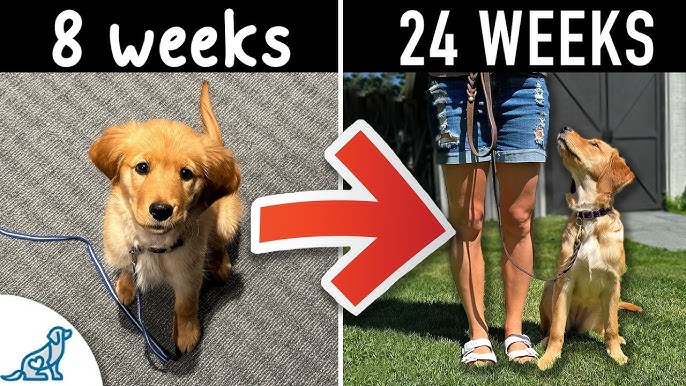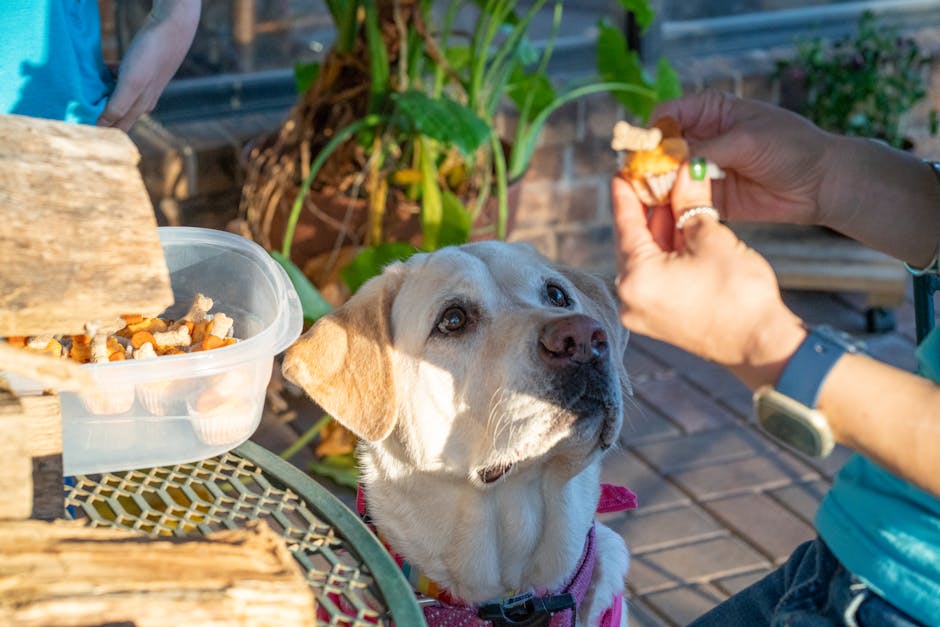If you’re thinking about dog obedience training, you probably have a lot of questions. What will the sessions be like?
How quickly will your dog learn? And most importantly, how will training improve your life together? Knowing what to expect can help you feel confident and prepared. You’ll discover the key steps of obedience training, the common challenges you might face, and the amazing benefits waiting for you and your furry friend.
Keep reading to find out how training can transform your relationship and make daily life easier and more enjoyable.
Benefits Of Obedience Training
Obedience training offers more than just a well-behaved dog. It opens the door to a smoother daily routine and a happier relationship with your furry friend. Understanding the benefits can motivate you to invest time and effort into training sessions.
Improved Communication
Training teaches your dog to understand your commands clearly. This reduces frustration on both sides, making it easier to direct your dog in different situations.
Think about how much easier walks become when your dog responds promptly to “stop” or “heel.” It’s not just about control; it’s about creating a language between you and your pet.
With consistent training, you’ll notice your dog anticipating your instructions and behaving more predictably. This communication skill can prevent accidents and misunderstandings.
Strengthened Bond
Spending time training together builds trust and respect. Your dog learns that listening to you brings rewards and safety.
One dog owner shared that training sessions became their favorite part of the day, turning moments of discipline into fun and connection. This shows how training deepens your emotional connection.
As your dog masters new skills, you’ll both feel a sense of accomplishment. This shared success strengthens your relationship far beyond basic obedience.
Choosing The Right Training Method
Choosing the right training method sets the foundation for your dog’s learning experience. It shapes how your dog responds to commands and interacts with you. Understanding different approaches helps you pick a style that fits both your dog’s personality and your lifestyle.
Positive Reinforcement
Positive reinforcement rewards your dog for good behavior, encouraging them to repeat it. Treats, praise, or playtime are common rewards that motivate dogs effectively. This method builds trust and strengthens your bond by focusing on encouragement rather than punishment.
Imagine your dog sitting calmly when you ask. Rewarding this moment with a treat teaches them that good things happen when they listen. It also makes training sessions enjoyable, which helps your dog stay eager to learn.
Clicker Training
Clicker training uses a small device that makes a distinct sound to mark desired behavior. The click signals to your dog exactly when they’ve done something right, followed immediately by a reward. This clear communication speeds up learning and reduces confusion.
Many trainers find that clicker training is especially useful for teaching complex tricks or precise commands. You might notice your dog quickly associating the click with positive outcomes, making training more effective and fun for both of you.
Balanced Approach
The balanced approach combines rewards with corrections to guide your dog’s behavior. It mixes praise and treats with firm commands or mild consequences when necessary. This method aims to provide clear boundaries while still encouraging good behavior.
Using a balanced method means you’re consistent, but also fair. It’s important to apply corrections gently to avoid fear, keeping your dog confident and willing to learn. What kind of balance do you think fits your dog’s temperament best?
Preparing For Training Sessions
Preparing for dog obedience training sets the stage for success. It helps both you and your dog stay focused and motivated. Proper preparation makes training sessions smoother and more effective. Here are key steps to get ready.
Setting Goals
Clear goals guide your training efforts. Decide what behaviors your dog should learn first. Examples include sitting, staying, or walking on a leash. Set small, achievable targets to keep progress steady. This focus helps you track success and stay motivated.
Gathering Supplies
Prepare all necessary supplies before training. You will need treats your dog loves, a sturdy leash, and a collar or harness. Use a clicker if you plan on clicker training. Have a quiet space free from distractions. Having everything ready saves time and keeps your dog engaged.
Creating A Schedule
Consistency is key in dog training. Plan short sessions, about 10 to 15 minutes each. Train multiple times a day rather than one long session. Pick times when your dog is alert but not too tired. A regular schedule builds routine and helps your dog learn faster.

Credit: www.akc.org
Understanding Your Dog’s Behavior
Understanding your dog’s behavior is key to successful obedience training. It helps you respond to your dog’s needs and reactions more effectively. When you can read your dog’s signals, training becomes a smoother, more rewarding experience for both of you.
Identifying Triggers
Every dog has certain triggers that cause excitement, fear, or aggression. These can be noises, objects, people, or even specific situations. Pay close attention to what sets your dog off during walks or playtime.
For example, your dog might bark loudly when a delivery truck passes by. Knowing this, you can prepare your dog calmly before such events. This awareness helps you manage your dog’s reactions instead of being caught off guard.
Ask yourself: What situations make your dog restless or anxious? Once you spot these triggers, you can work on desensitizing your dog in a controlled way. This makes training more effective and less stressful.
Reading Body Language
Your dog communicates mostly through body language. Watching tail wagging, ear position, and eye contact gives you clues about their feelings. Is your dog relaxed, tense, or scared?
For instance, a stiff body and raised hackles often mean your dog feels threatened. On the other hand, a loose, wiggly body suggests happiness and readiness to learn. Notice how your dog’s posture changes in different situations.
Understanding these signs lets you respond appropriately—whether to comfort your dog or give a command. How often do you check your dog’s body language during training? This simple habit can deepen your connection and improve obedience results.
Common Training Challenges
Training a dog can be rewarding but not without its hurdles. Many dog owners face common challenges during obedience training. Understanding these challenges helps set realistic expectations and prepares you to handle them effectively.
Dealing With Distractions
Distractions can break a dog’s focus quickly. Noises, other animals, and new environments often pull attention away from training. Dogs might ignore commands or get excited by surroundings. Patience and gradual exposure to distractions help improve focus. Start training in quiet places and slowly add distractions. Use treats and praise to bring your dog’s attention back. Consistent practice in different settings builds better control over time.
Handling Stubbornness
Some dogs show stubborn behavior during training. They may refuse commands or resist learning new tasks. This often comes from confusion or lack of motivation. Clear, simple commands prevent misunderstandings. Use positive reinforcement to encourage desired behavior. Avoid punishment; it can increase resistance. Short, frequent training sessions keep dogs engaged. Understanding your dog’s personality helps tailor training approaches. Persistence and kindness work best for overcoming stubbornness.

Credit: theonlinedogtrainer.com
Consistency And Patience
Consistency and patience form the foundation of effective dog obedience training. Dogs learn best with steady routines and calm guidance. Training results appear slowly, requiring ongoing effort. A consistent approach helps your dog understand what you expect. Patience keeps both you and your dog motivated during the process.
Maintaining Routine
Set clear training times each day. Regular sessions build habits in your dog’s mind. Use the same commands and gestures to avoid confusion. Short, frequent sessions work better than long, rare ones. Keep training environments calm and free of distractions. A steady routine helps your dog feel secure and focused.
Celebrating Small Wins
Recognize every bit of progress your dog makes. Celebrate simple actions like sitting or staying on command. Use praise, treats, or play as rewards. Small wins boost your dog’s confidence and eagerness. They also keep you encouraged to continue training. Each success brings you closer to your training goals.
Seeking Professional Help
Seeking professional help for dog obedience training can transform your experience and results. A skilled trainer brings expertise that you might not have, helping you avoid common pitfalls. They guide you through techniques tailored to your dog’s unique personality and needs.
Finding A Trainer
Start by asking for recommendations from friends, vets, or local pet stores. You can also search online for trainers near you and read reviews from other dog owners. Visiting training classes in person helps you see the trainer’s style and how they interact with dogs.
Look for trainers who offer a free consultation or trial class. This gives you a chance to ask questions and observe how your dog responds. Don’t hesitate to check if they specialize in your dog’s breed or behavior issues.
Evaluating Credentials
Not all trainers have the same qualifications. Check if they are certified by recognized organizations like the International Association of Canine Professionals (IACP) or the Certification Council for Professional Dog Trainers (CCPDT).
Ask about their training methods. Are they force-free and reward-based? Avoid trainers who rely heavily on punishment, as this can harm your dog’s trust and progress.
Understanding a trainer’s experience with behavior problems similar to yours is crucial. You want someone who knows how to handle challenges specific to your dog’s temperament.

Credit: jpk9academy.com
Frequently Asked Questions
What Is Dog Obedience Training?
Dog obedience training teaches dogs basic commands and good behavior. It improves communication between owner and dog. Training helps with socialization, safety, and reduces behavioral problems. Consistency and positive reinforcement are key for success.
How Long Does Dog Obedience Training Take?
Training duration varies by dog’s age, breed, and personality. Basic obedience can take 4 to 8 weeks with regular practice. Advanced skills may require months. Consistency and patience from the owner speed up progress.
What Are Common Commands Taught In Obedience Training?
Common commands include sit, stay, come, heel, and down. These commands ensure safety and control in daily situations. Training also covers leash manners and proper social behavior. Mastering basics creates a strong foundation for advanced training.
Is Professional Dog Obedience Training Necessary?
Professional training is helpful for guidance and structure. Trainers offer expertise and socialization opportunities. However, owners can train dogs at home with proper techniques. Consistent practice and positive reinforcement are essential regardless of method.
Conclusion
Dog obedience training builds trust and good behavior. Expect patience and consistency to bring success. Training helps your dog learn commands and manners. It also strengthens the bond between you both. Small steps lead to big improvements over time. Keep sessions short and fun to hold attention.
Celebrate progress to stay motivated and positive. Your dog will become more confident and calm. Enjoy the journey of learning together every day. Training creates a happy, well-behaved companion for life.






